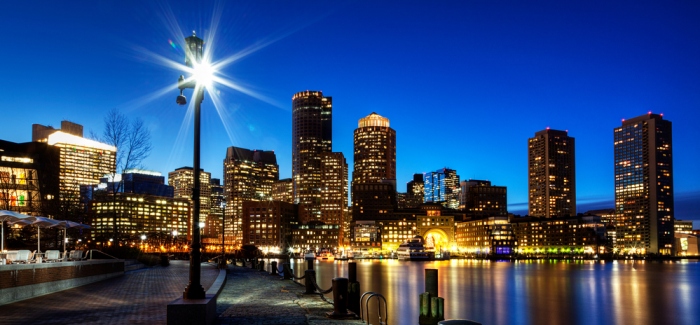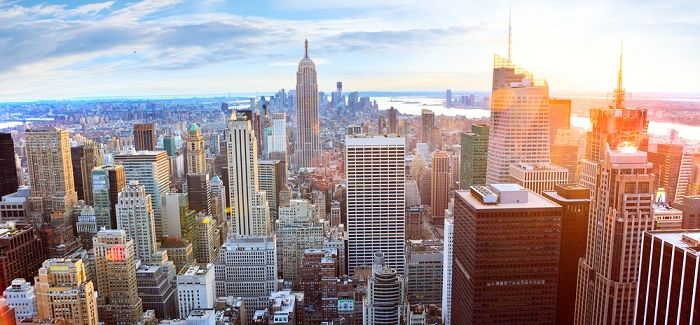Minnesota’s ‘Twin Cities’ are among the Midwest's leading centers for arts and culture, and rank high up on the list of the US’s top destinations for students and new graduates.
More than half of Minnesota’s residents live in the Minneapolis-Saint Paul metropolitan area, the region surrounding the ‘Twin Cities’ - state capital Saint Paul and largest city Minneapolis.
Despite their borders sprawling into overlap, the two cities have maintained distinct identities, and have historically been rivals in fields such as sports and architecture.
However, one common element both Minneapolis and Saint Paul share is a reputation for spearheading arts and culture. Live music, comedy and drama are all thriving here, and even over the course of a four-year degree, you’re unlikely to run out of cool venues to explore.
Employment prospects are also good. Unemployment rates are below the US national average, and the state is home to 16 Fortune 500 companies, most of them based in the Twin Cities.
As well as doing ‘urban’ on a grand scale, Minnesota offers natural attractions in excess as well. Its nickname ‘land of the 10,000 lakes’ is an underestimation; it actually has 11,842 lakes.
Lakes certainly take the prize for sheer quantity, but Minnesota also has plenty of variety, including forests, waterfalls, water sports, snow sports, prairie land and coast (not sea-coast, but with Lake Superior, one of the five 'Great Lakes').
The climate in Minnesota is continental, which means cold winters and warm summers. Average summer temperatures are 60°F (16°C) in the north of the state, to 70°F (21°C) in the south. Average winter temperatures are 6°F (-14°C) in the north, and 16°F (-9°C) in the south.
 Minnesota: Fast facts
Minnesota: Fast facts
• Located in the north of the US; borders with Canada to the north, Lake Superior and Wisconsin to the east, Iowa to the south and South Dakota and North Dakota to the west
• Highest point is Eagle Mountain (2,301 ft)
• The (many) memorable lake names include Whale Lake, Artichoke Lake, Bad Axe Lake, Darling Lake, Lady Slipper Lake and Sleepy Eye Lake
• Famous Minnesotans include author F. Scott Fitzgerald, musicians Bob Dylan and Prince, and filmmakers Joel and Ethan Coen
• Wildlife in Minnesota includes deer, bears, bison, moose, wolves, beavers, chipmunks, elks, porcupines, racoons, flying squirrels, Canada lynx and cougars
• Of Minnesota’s 67 state parks, the most popular include Fort Snelling, Gooseberry Falls, Itasca, Tettegouche and Split Rock Lighthouse (pictured).
 Top universities in Minnesota
Top universities in Minnesota
Minnesota’s highest ranking university, the University of Minnesota, put in a strong performance in the 2011/12 QS World University Rankings, just two places short of the top 100.
Despite having a large and growing student body – about 65,000 at the last count – the university has managed to maintain a good student-to-faculty ratio.
Most of these students are based at the flagship campus, the University of Minnesota, Twin Cities (UMTC), which is split into two halves, one in Minneapolis and one in Saint Paul. A shuttle bus service connects the two.
There are also University of Minnesota campuses are in Duluth, Crookston, Morris and Rochester.
In addition, the Minnesota State Colleges and Universities system is made up of 31 institutions, spread across 54 campuses all around the state. Of these, 24 are two-year colleges, where it’s possible to complete an associate’s degree, before transferring elsewhere for an additional two or more years to complete a full bachelor’s degree.
More states in the north of the US:





